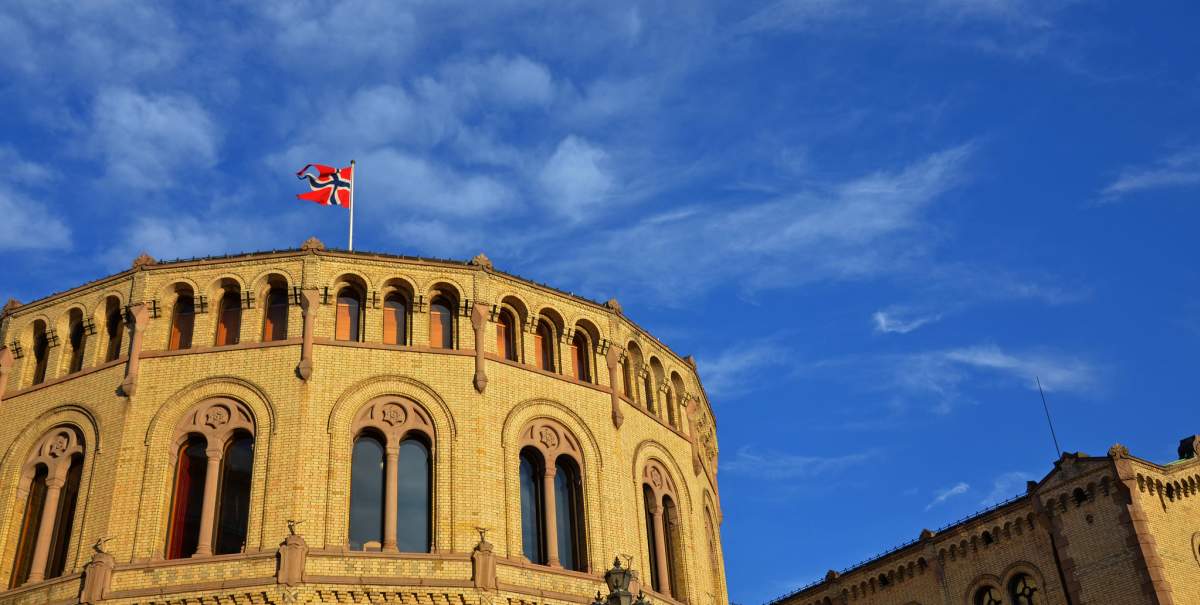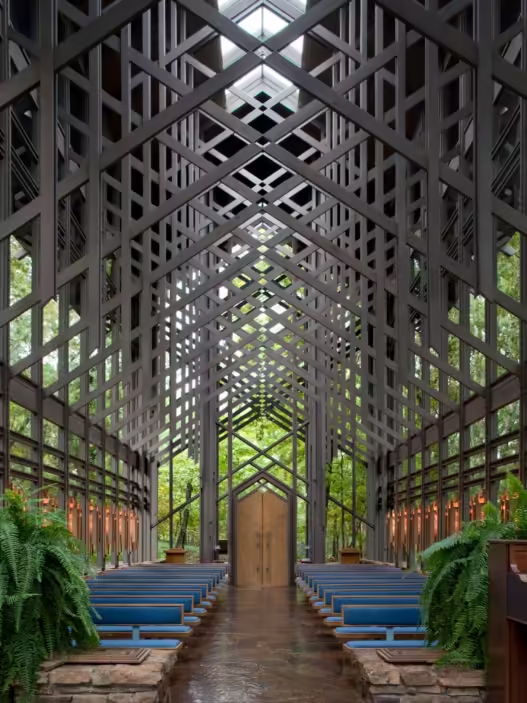Designed by Swedish architect Emil Victor Langlet in 1860, the building dates back to 1814.

After the Norwegian Parliament was established in a compound in Eidsvoll, the Parliament met in the Christiania lærde Skole at Tollbodgaten and Dronningsgate. After 1854 it met in the hall of the Royal Frederick University. But even this solution could not close the deficiency of the Parliament building. In 1856, this deficiency became unacceptable and a design competition was organized to find a solution to the problem.

Although this was the result of the competition won by Heinrich Ernst Schirmer and Wilhelm von Hanno, the Parliament rejected this project, stating that it expressed the definition of a church, and Emil Victor Langlet‘s project was accepted as a result of the vote on May 18, 1860.

The construction of the Parliament began that year and it was not until 1866 that it was fully moved and used. Emil‘s Parliament, reflecting its foresighted architecture, is a building ahead of its time and out of the need of the period. In the early days, these gaps were closed by the state institutions taking place here, but as the years passed, the need increased and these institutions were removed from here to meet the need.

In 1940, during the German invasion of Norway, this building was captured by the Germans and managed by the famous German leader Josef Terboven.
The building was first used as a barracks during the German occupation, but when Josef Terboven began to manage it, some parts of the building were rebuilt, the ceiling height was reduced and a shift from eclectic style to functional style was applied.
The building’s design is influenced by examples from France and Italy, with detailed yellow brickwork and glass panels to create a unity. On the lower floors, light gray anthracite stones draw attention.
The Parliament is undoubtedly one of the most important buildings in Norwegian history. The building is open on weekdays in summer and Saturdays in spring and fall, with free English tours at 10:00 and 11:30 am.

The building, now 155-160 years old, is historically and semantically very important for Norway. A living testament to Norwegian history, the building was also affected by Nazi Germany, which was a historic opportunity for the Norwegian Parliament. It should definitely be visited when the opportunity arises and experience how the impact of Norwegian history lives on in the building.
What do you think? Do you think the role of Nazi Germany on the Norwegian Parliament can be felt as much today?
You can share your thoughts with us and subscribe to our latest articles by email so that you will be informed about them as soon as they are published.
If you haven’t checked it out yet, we would definitely like you to read our article Solís Theater.
Architect: Emil Victor Langlet
Year: 1860
Location: Oslo, Norway
Discover more from Dök Architecture
Subscribe to get the latest posts sent to your email.




























